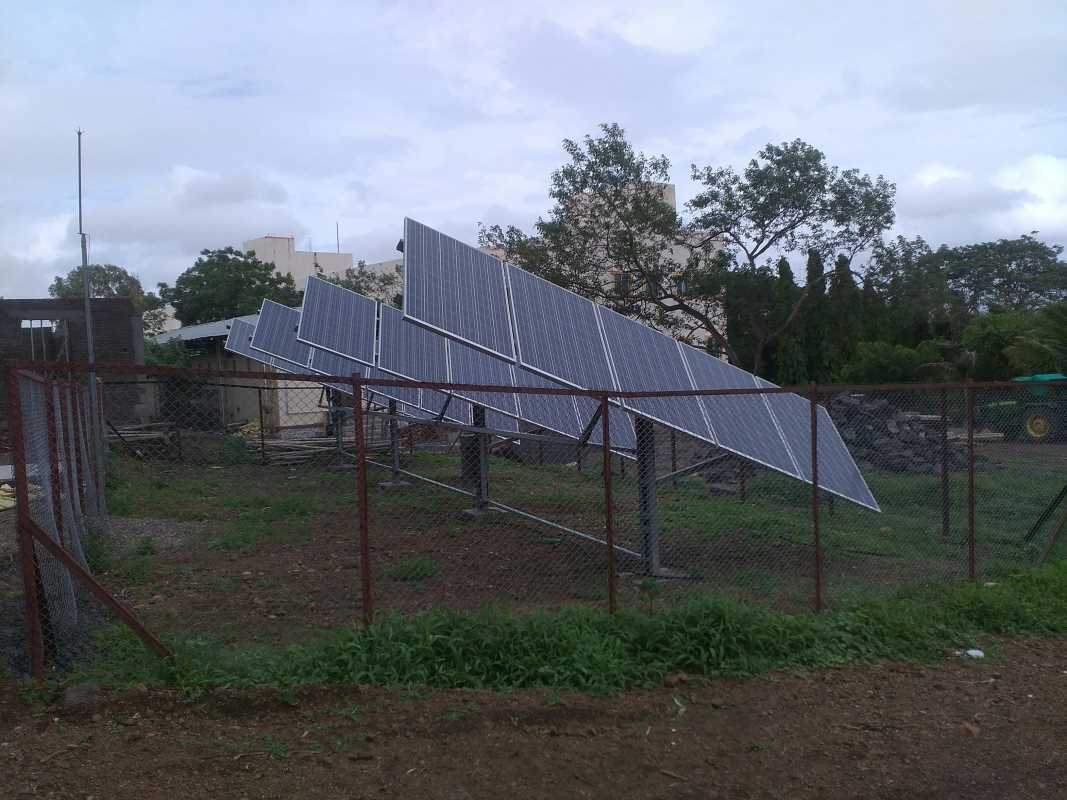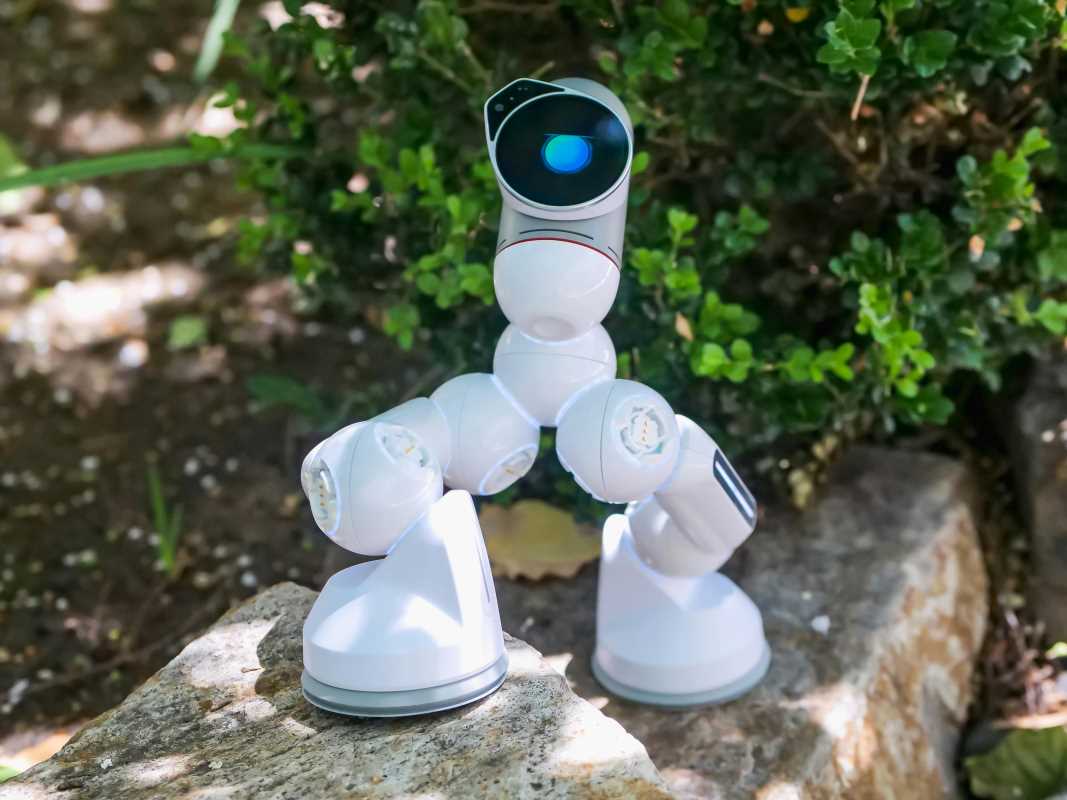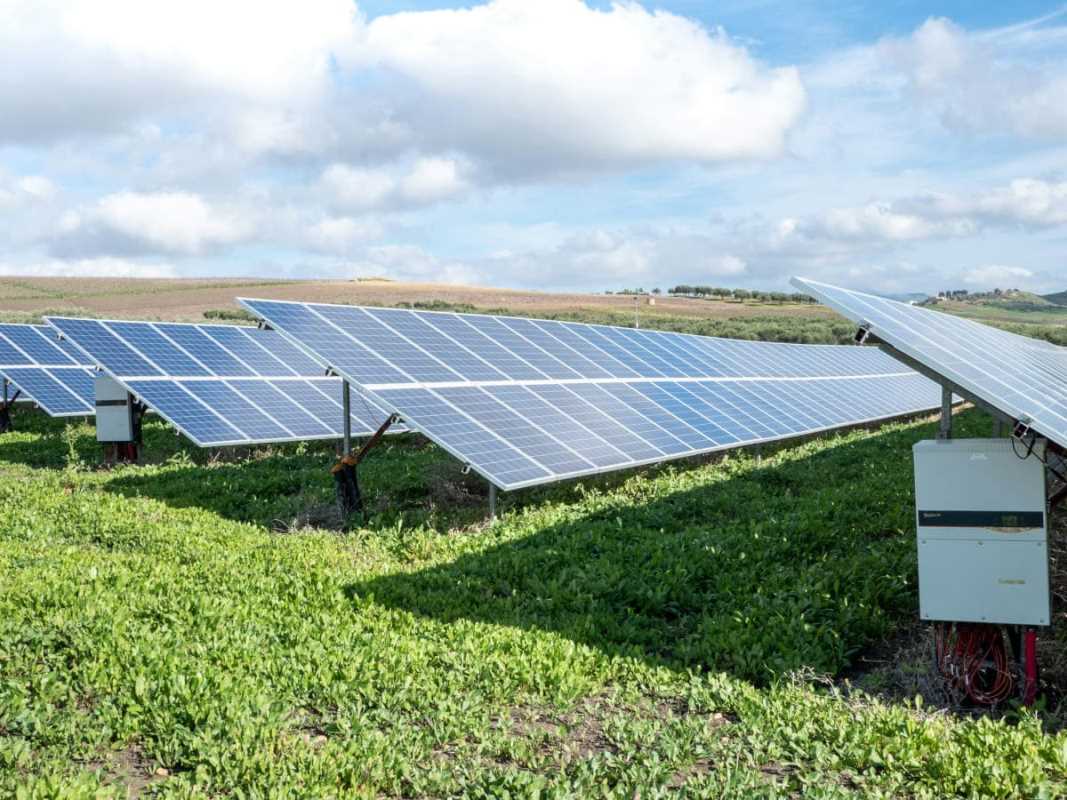Building a solar-powered water pump for off-grid irrigation gives you an efficient way to water crops and care for your land without using conventional electricity. This approach relies on renewable energy and basic, cost-effective materials, making it accessible for anyone interested in sustainable farming. As you assemble the system yourself, you take charge of your irrigation needs and experience the reward of creating something practical with your own hands. Not only do you save on utility costs, but you also help reduce your environmental impact by using clean energy. Each step in this project brings you closer to a reliable, eco-friendly solution for your land.
The idea behind converting sunlight into energy to move water is both practical and innovative. A system like this converts sunlight directly to electricity with solar panels and stores power in batteries to run the pump when needed. Simple components work together to create an efficient tool that meets your water needs naturally and sustainably.
Materials and Tools Needed
Gathering the right materials and tools makes the process efficient and stress-free. Below is a checklist of the essentials:
- Solar panels (sized to meet the energy requirements)
- Battery bank for energy storage
- Charge controller to regulate battery charging
- DC water pump
- Pipes and tubing for water distribution
- Mounting brackets and hardware
- Wiring and connectors
- Basic tools: screwdrivers, pliers, wire cutters, and a drill
- Protective gear: gloves and safety glasses
Having these items on hand will simplify the building process and help you complete the project smoothly. Each component plays a key role in ensuring that the system is both reliable and efficient.
How Solar-Powered Water Pumps Work
This system uses solar panels to capture sunlight and convert it into electricity. The electricity then charges a battery bank, which powers a DC water pump. The pump moves water from a reservoir or source to your irrigation system. You can think of it as a cycle, where renewable energy continuously powers the system without relying on conventional power sources.
The science behind this process is straightforward. Solar panels consist of many smaller cells that convert light into electricity through the photovoltaic effect. When these panels are connected to a battery and a pump, they form a reliable system that can run even when the sun isn't shining brightly all the time. This simple technology offers a clean and efficient way to manage water distribution.
Step-by-Step Assembly and Installation Guide
Follow these clear steps to assemble your solar-powered water pump system. Each step is designed to be straightforward for easy implementation.
- Plan the Installation: Identify the best location for your solar panels where they receive maximum sunlight. Choose a spot near your water source and plan the layout of the pump, battery, and controller. Create a rough sketch of your setup and mark key points where wiring and connections will be made.
- Mount the Solar Panels: Secure your panels on a stable frame or mounting system. Ensure the panels are at an optimal angle so they can capture the most sunlight. Double-check that the area is free of shade during peak sunlight hours for best performance.
- Install the Battery Bank and Charge Controller: Connect your solar panels to the charge controller. Then link the controller to the battery bank. Make sure cables are secure and connections are tight. This setup stores excess energy during the day for use when sunlight is limited.
- Connect the DC Water Pump: Wire the water pump to the battery bank. Ensure all wiring follows proper polarity guidelines as indicated in the pump’s manual. A secure connection improves overall performance.
- Complete the Irrigation Setup: Attach pipes or tubing to the pump and arrange them so water reaches all targeted areas. Test the system by running the pump and observing how water moves. Look for consistent water flow and make adjustments to the piping layout if needed.
- Secure and Test: Tighten all fasteners and secure wiring in a safe manner. Run a full test of the system, checking the performance of the solar panels, batteries, and water pump together. Monitor the device closely during the first few cycles, ensuring all pieces work together efficiently.
Following these steps makes the process simple and organized. It helps identify any issues early on and allows you to enjoy the benefits of clean, renewable energy driving your water distribution system.
Improving Your Off-Grid Irrigation System
Once your system starts operating, fine-tune it to increase efficiency and coverage. Begin by checking the layout of your irrigation lines and confirm water reaches all necessary spots. Use adjustable valves to control flow and reduce waste. Try different pipe arrangements to maintain uniform water pressure across your land.
Observe how water disperses and consider adding extra sprinklers or drainage solutions if needed. Understanding how water flows can help you change the system to prevent dry patches or waterlogging. Small details like the placement of the panels or the angle of the solar installation can significantly improve the overall system's performance.
Maintenance and Longevity Tips
Performing regular maintenance helps keep your solar-powered water pump running smoothly. Below are some simple tips to prevent common problems:
- Clean the solar panels periodically to remove dust or debris.
- Inspect wiring and connections for wear or loose fittings.
- Check the battery bank for any signs of damage or corrosion.
- Lubricate moving parts on the pump as recommended by the manufacturer.
- Monitor water pressure and adjust pipes when necessary.
- Schedule regular system tests during seasonal changes to verify performance.
Regular maintenance extends your irrigation system’s lifespan and prevents costly repairs, while simple checks keep it running smoothly. Using solar power boosts water efficiency and supports a sustainable, personalized setup.
Follow practical steps and care routines to make solar-powered irrigation a reliable part of your land management.
 (Image via
(Image via





